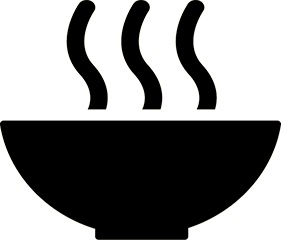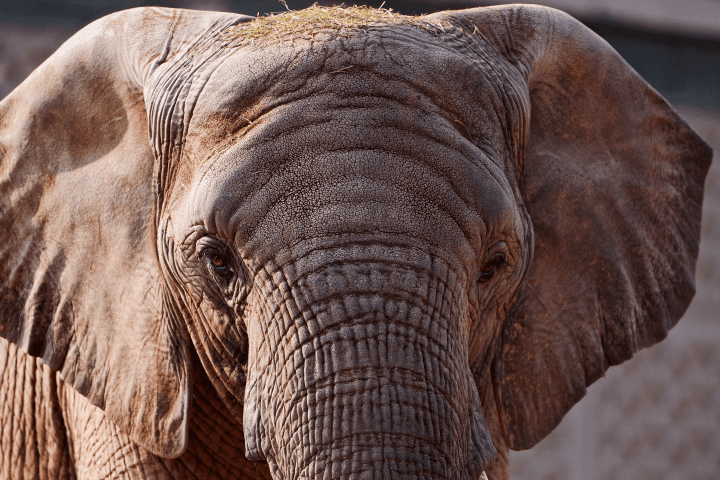UN Sustainable Development Goals Addressed
-

Goal 2: Zero Hunger
-

Goal 9: Industry Innovation & Infrastructure
-

Goal 11: Sustainable Cities & Communities
-

Goal 12: Responsible Production & Consumption
2020 Global Design Challenge Finalist
This design concept was developed by participants in the Institute’s Global Design Challenge. The descriptions below are from the team’s competition entry materials.
Location: India
Team members: Amin Zameel, Nidheesha Noushad
Innovation Details
Nearly a third of global food production is lost due to waste and spoilage, contributing to extreme poverty, food insecurity, and approximately 8% of global carbon emissions annually. Team EVA looked to the thermoregulation strategies employed by elephants, jackrabbits, and fennec foxes and designed a low-cost refrigeration system that requires no electricity to operate. They also found inspiration in termites, paperbark, and quiver trees to refine the insulating capabilities of their innovation. This cooling food storage system has the potential to directly address food waste, climate change, poverty, and the use of harmful refrigerants.
What problem does the solution solve? Extreme poverty affects more than 700 million people across the world and is disproportionately concentrated in rural areas, where most people rely on agricultural production for sustenance and income. Increasing crop yield and preventing their spoilage can allow rural farmers to lift themselves out of poverty. More than 800 million people worldwide live in hunger whereas globally, a third of the food produced is lost or wasted amounting to about 1.3 billion tons of food at an estimated cost of USD $1 trillion globally. According to Project Drawdown, this food wastage is responsible for roughly 8 percent of the total global emission. Project Drawdown ranks food wastage as the third largest area where humans can intervene to reverse climate change. During harvest and post-harvest handling, alarmingly high levels of food loss occur among many low-income countries, particularly in sub-Saharan Africa and Southeast Asia. This wastage is generally unintentional and occurs earlier in the supply chain as food rots in farms or spoil during storage or distribution. Thereby solving the problem of food wastage in lower-income countries, beyond addressing emissions and climate change we may also reduce poverty as well as help meet the future food demand.
What is the technology and how does it work? EVA is an inexpensive solar-powered refrigeration system which uses evaporative cooling and solar heat concentration to operate a vapor absorption cycle. It can be used to store medicines as well as to avoid wastage of food in underdeveloped and rural areas. The design has two copper radiators through which water is passed. The radiators are covered by a thin layer of foam sheet which is constantly wetted by dripping water. This water will evaporate as it absorbs heat from the radiators which in turn cools the water flowing through it. Ammonia gas has a high solubility in cold water and due to this when mixed with this cold water coming out of the radiators, it will get instantly dissolved in it. This solution of ammonia and water is then passed through a solar heater which will raise the temperature of the solution. Due to the low solubility of ammonia in warm water, this will result in the liberation of ammonia from the solution with high pressure. This high-pressure ammonia is then passed through a condenser where it loses it’s latent heat of condensation and forms liquid ammonia. It is then passed through an expansion valve where it will attain a very low temperature and then it is passed through an evaporator in the refrigeration space where it absorbs the heat and evaporates to forms ammonia vapors. This is then again mixed with the cold water coming out of the radiators and cycle continues.
How it is biomimetic? The initial idea was derived from how Elephants cool their body with their large ears and intricate network of blood vessels present inside them. Along with them, other animals which uses similar strategies like the Jackrabbits and Fennec-foxes were also studied deeply. They all used their large ears like an evaporative radiator to removed their body heat. EVA has such a concept as its backbone. Water is passed through copper tubes placed between thin wet foam sheets. This resulted in removing the heat from the water and cooling it down. The idea to use wet foam sheets was inspired by how honeybees used evaporative cooling to cool down their hives. This cold water is then mixed with ammonia gas and later heated to produce high-pressure ammonia vapors to drive the vapor absorption refrigeration system used to cool the storage space. Apart from that the strategies used in, termite mounds were studied to find methods to retain the coldness inside the storage space. The outer surface of the storage space was also modified deriving inspiration from various sources like the paperbark trees and the quiver trees. A white reflective coating was provided to the outer surface of the storage box and paper-like structures were used to provide better thermal insulation.
What is the solution’s impact? When EVA is developed to a real life working system, the refrigeration process will no longer be a costly and energy consuming process as it is today. EVA can be manufactured at a fraction of the cost of a present day refrigerator of the same capacity. More importantly since EVA does not require any electricity to operate means that there is no operational cost and it can be setup in any part of the world where sunlight is available. This will have a huge direct impact on the lives of the people living in the under developed and developing countries where the availability of electricity is limited. The food wastage in such places will drastically reduce as EVA can be used to effectively store food items for a much longer duration just by using the solar energy. This also means that the greenhouse emissions due to the rotting of these wasted food items can be reduced to a great extend. Farmers will be able to store their yield for a much longer duration meaning that they need not hurry to sell all their products as soon as possible and this will ensure their lives to be much more financially secure. Fishes and other perishable products can also be stored without the use of harmful chemicals for a much longer duration using EVA and this will ensure better health of all those consuming such food items. Also, EVA can help to reduce the usage of harmful ozone depleting refrigerants which are a great cause of today’s global climate change.




